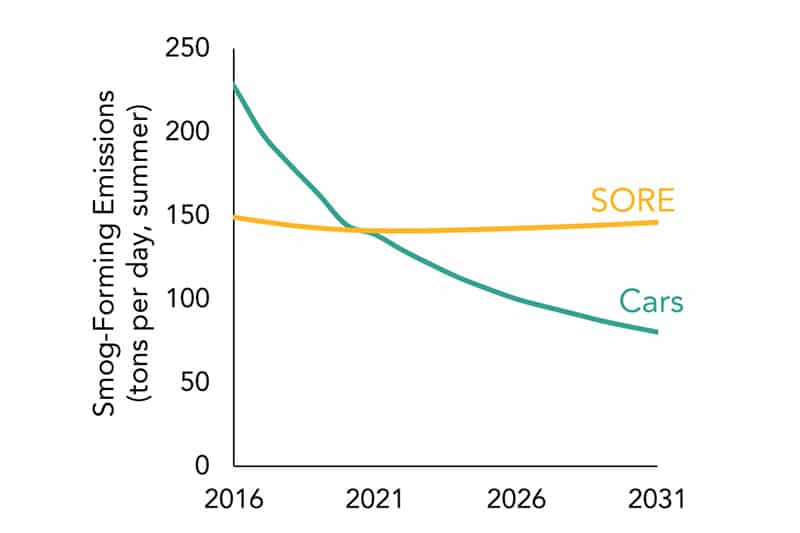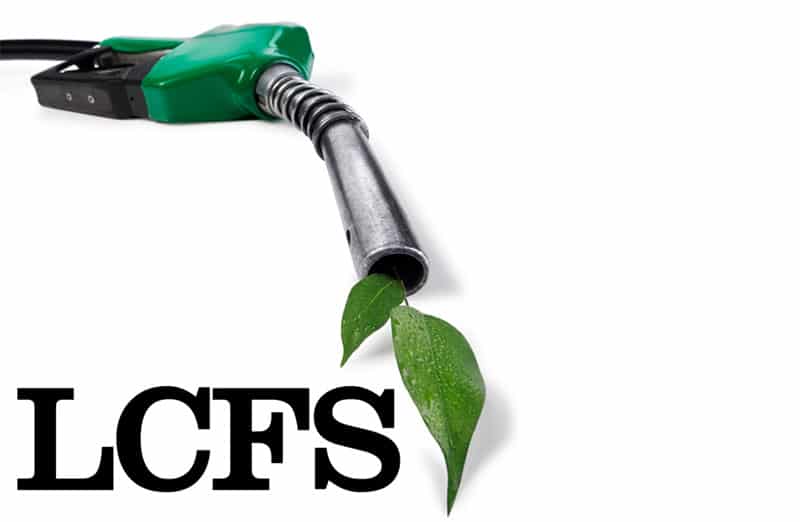Regulatory Background For Marine Diesel
The following background is provided by Dieselnet:
Engine Categories. For the purpose of emission regulations, marine engines are divided into three categories based on displacement (swept volume) per cylinder, as shown in Table 1. Each of the categories represents a different engine technology. Categories 1 and 2 are further divided into subcategories, depending on displacement and net power output.
Category 3 marine diesel engines typically range in size from 2,500 to 70,000 kW (3,000 to 100,000 hp). These are very large marine diesel engines used for propulsion power on ocean-going vessels such as container ships, oil tankers, bulk carriers, and cruise ships. Emission control technologies which can be used on these engines are limited. An important limitation is the residual fuel on which they are operated. This fuel is the by-product of distilling crude oil to produce lighter petroleum products. It possesses high viscosity and density, which affects ignition quality, and it typically has high ash, sulfur and nitrogen content in comparison to marine distillate fuels. Furthermore, residual fuel parameters are highly variable because its content is not regulated. The EPA estimated that residual fuel can increase engine NOx emissions from 20-50% and PM from 750% to 1250% (sulfate particulates) when compared to distillate fuel.
Category 1 and Category 2 marine diesel engines typically range in size from about 500 to 8,000 kW (700 to 11,000 hp). These engines are used to provide propulsion power on many kinds of vessels including tugboats, pushboats, supply vessels, fishing vessels, and other commercial vessels in and around ports. They are also used as stand-alone generators for auxiliary electrical power on many types of vessels.
Regulatory Analysis
ECO provides certification services for all three categories of marine diesel engines. Our team has compiled the following list of key certification topics from the full regulations found in 40 CFR. As you review them please contact ECO staff if you have any questions, as always we are here to help with any and all of your certification needs.
Category 1 and 2 Engines (above 600 kW)
Tier 4 Certification phase-in 2014-2017
Key Topics:
- Auxiliary Emissions Control Devices (AECD’s)
- Not To Exceed (NTE) demonstration testing strategies (§1042.101(c))
- Torque broadcasting (§1042.115(b))
- SCR system diagnostics (§1042.110)
- Delayed compliance allowance for engines above 3700 kW (§1042.101(a)(8)(ii))
Category 3 Engines
Tier 3 Certification phase-in 2016
Key Topics:
- Deterioration factors for SCR aftertreatment systems (§1042.655)
- Production line testing 100% at sea trial (§1042.302)
- Continuous NOx monitoring requirements (§1042.110(d))
- Disable Tier 3 emission controls outside of ECA area’s (§1042.115(g))
- CoC and EIAPP certification of dual-fuel engines
- Coast guard safety requirements for natural gas and dual fuel engines


